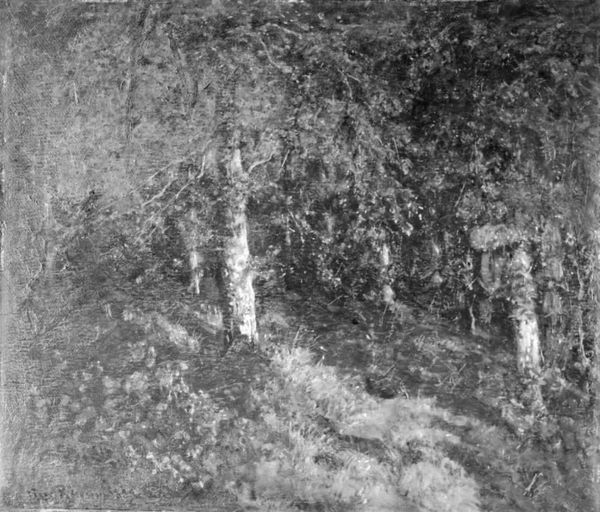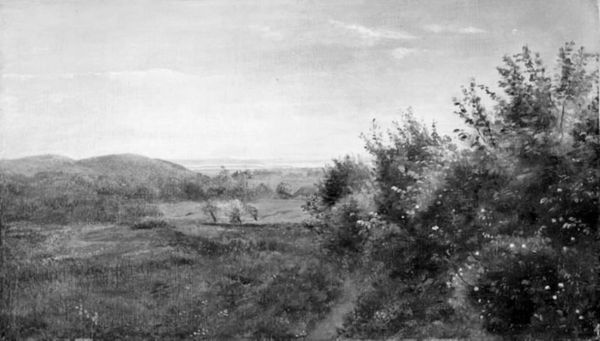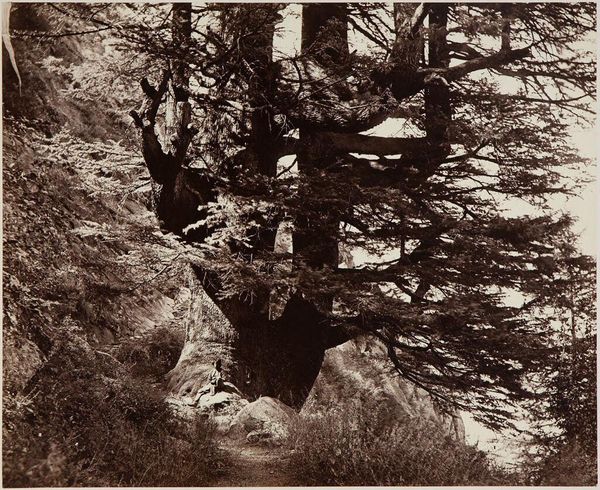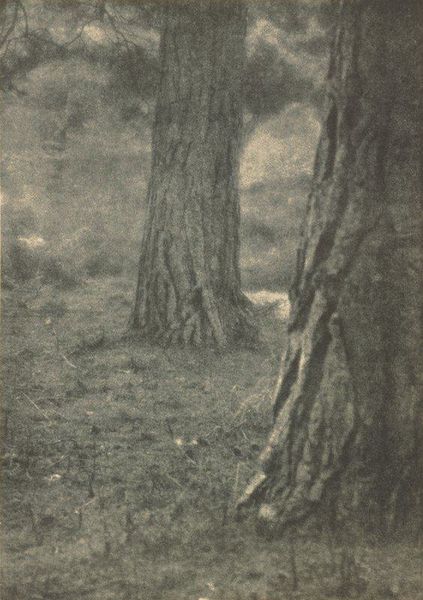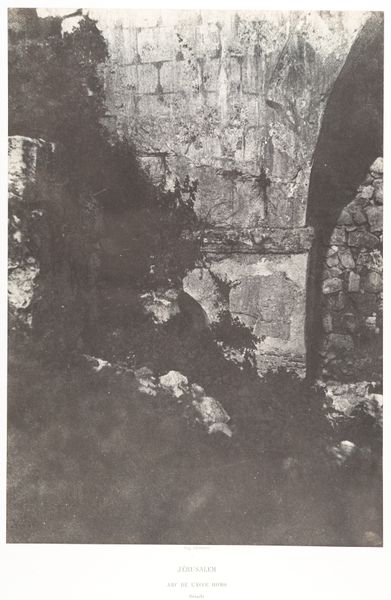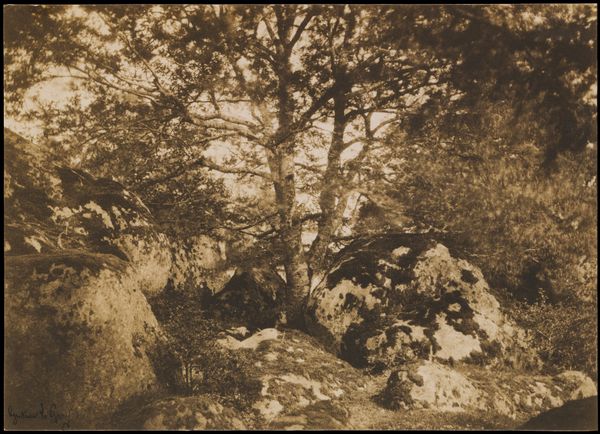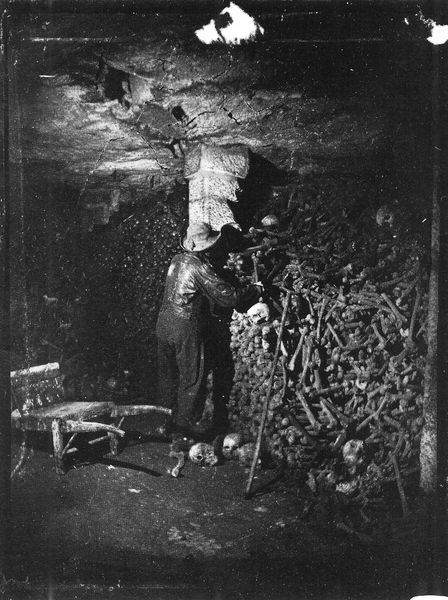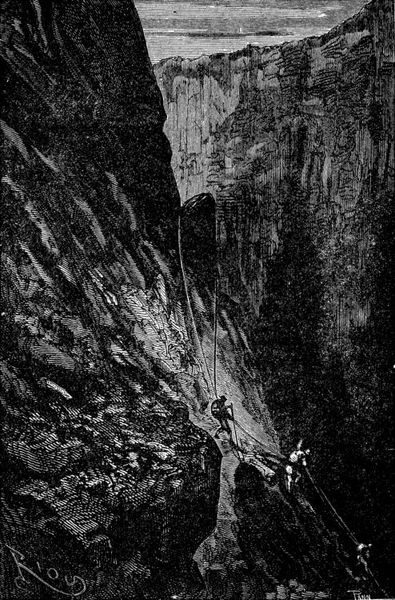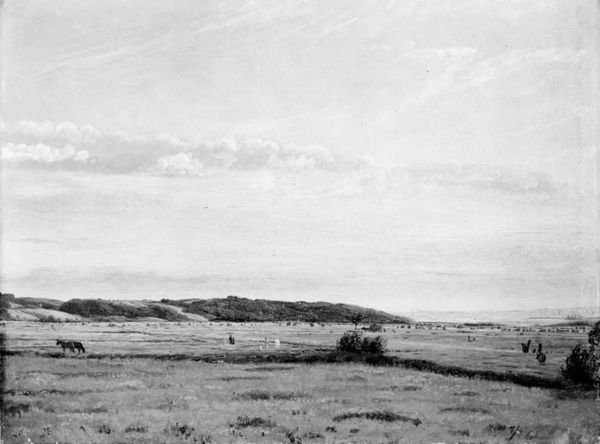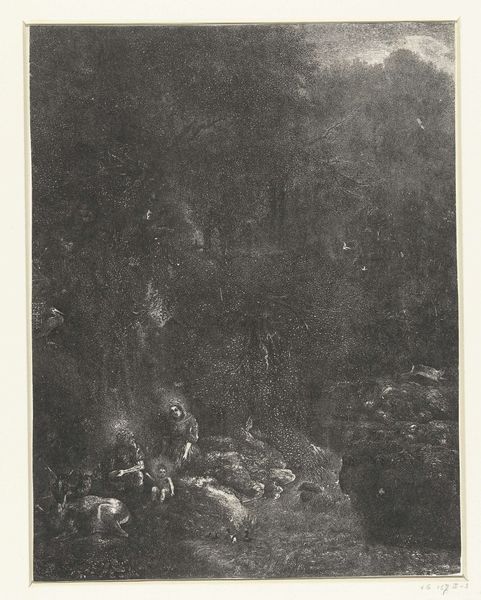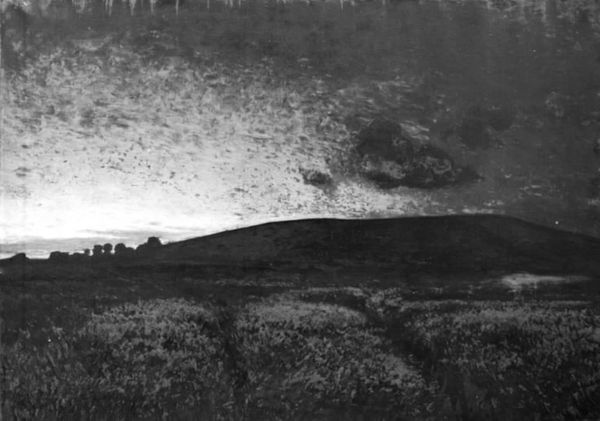
photography
#
fairy-painting
#
landscape
#
photography
#
romanticism
#
mountain
#
monochrome photography
#
symbolism
#
mist
Copyright: Public domain
Editor: So, here we have Theodor Kittelsen’s photograph, "Huldra." It's a black and white landscape... almost oppressive in its darkness. A lone figure stands amongst the dense growth. How do you interpret this work? Curator: Well, if we consider the materiality, photography as a relatively new medium offered a unique opportunity for mass production of images. This particular photographic print becomes a commodity, divorced from the hand of the artist, yet still conveying Kittelsen's vision of Norwegian folklore and its landscape. Editor: I hadn't thought about it as a commodity. I was so focused on the Huldra figure. Curator: Exactly, it makes me question the relationship between nature and culture in 19th-century Norway. The "Huldra," representing untamed nature, is now presented in a medium readily consumed by society. Editor: Interesting. So, it's less about the individual Huldra and more about what the picture itself represents in society? Curator: Precisely. The labor involved, the photographic processes, the very act of image production all speak to the societal forces at play. What happens to this wild mythical figure when contained in a photograph that’s distributed, consumed, and quite likely altered through retouching? Editor: That really reframes how I see it. Thinking about it in terms of the materials and the act of making really does change its meaning. Thanks! Curator: Absolutely. Consider how our understanding of art evolves when we acknowledge those underlying elements of production and consumption.
Comments
No comments
Be the first to comment and join the conversation on the ultimate creative platform.
